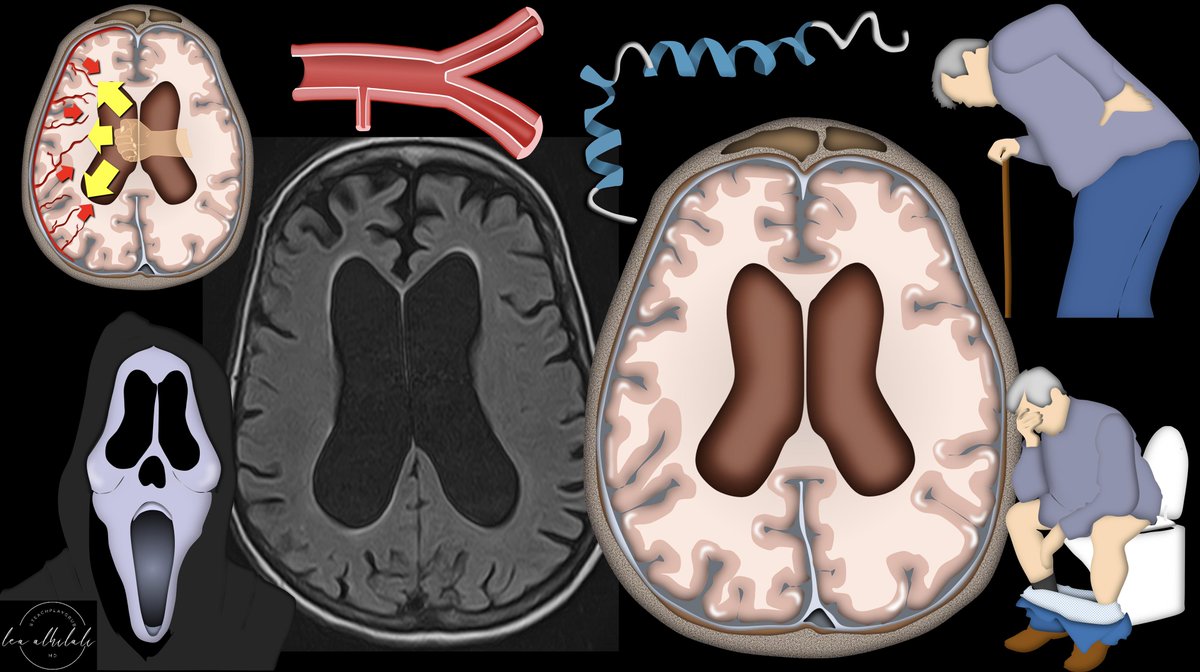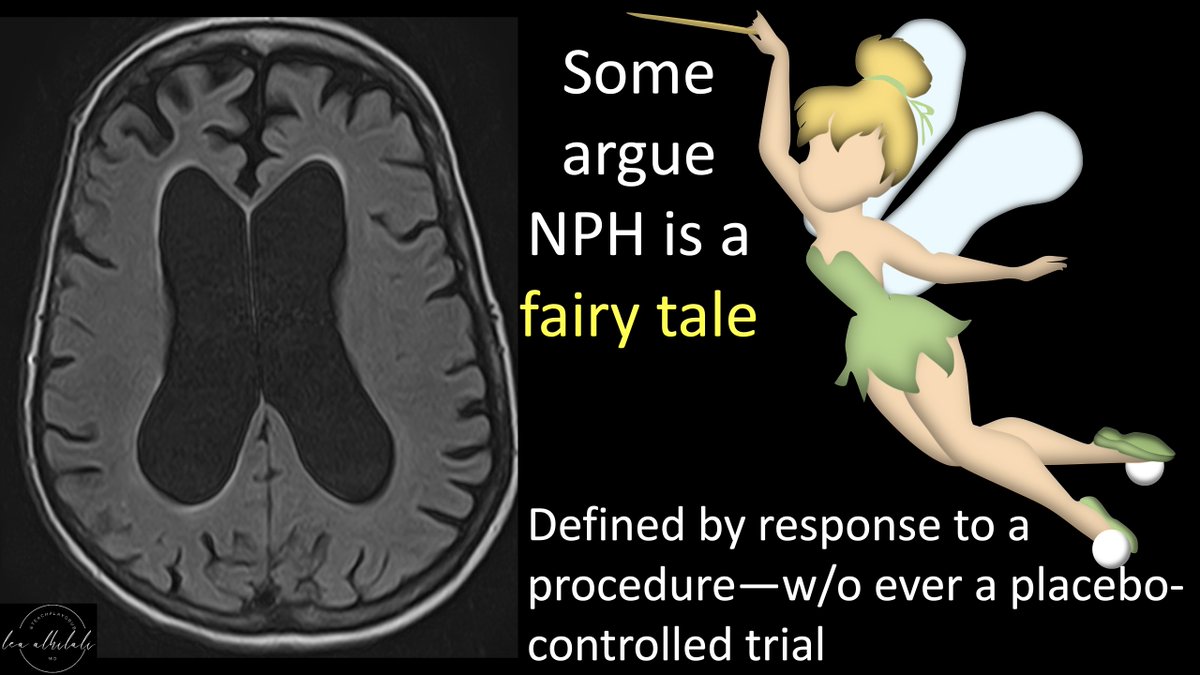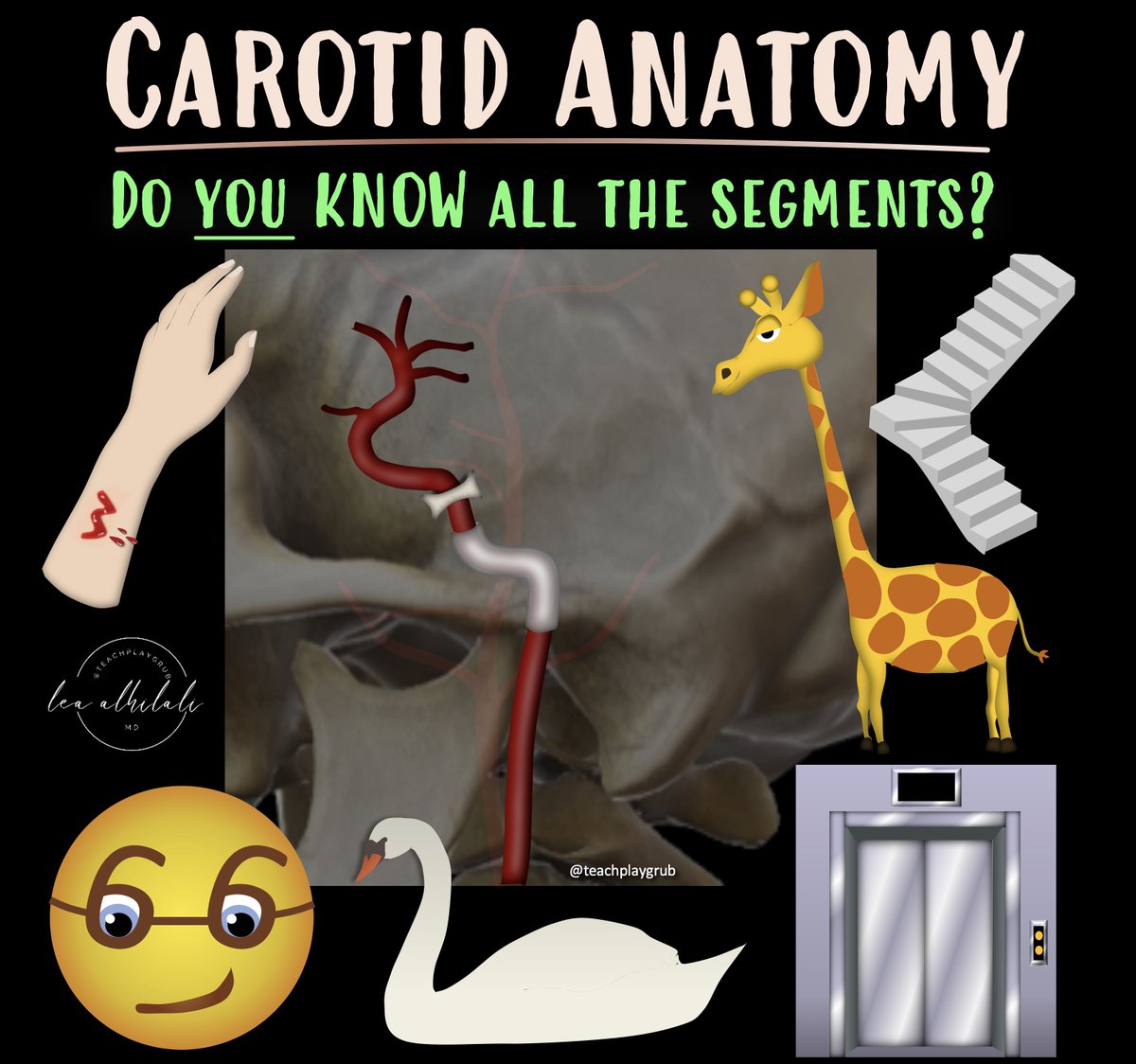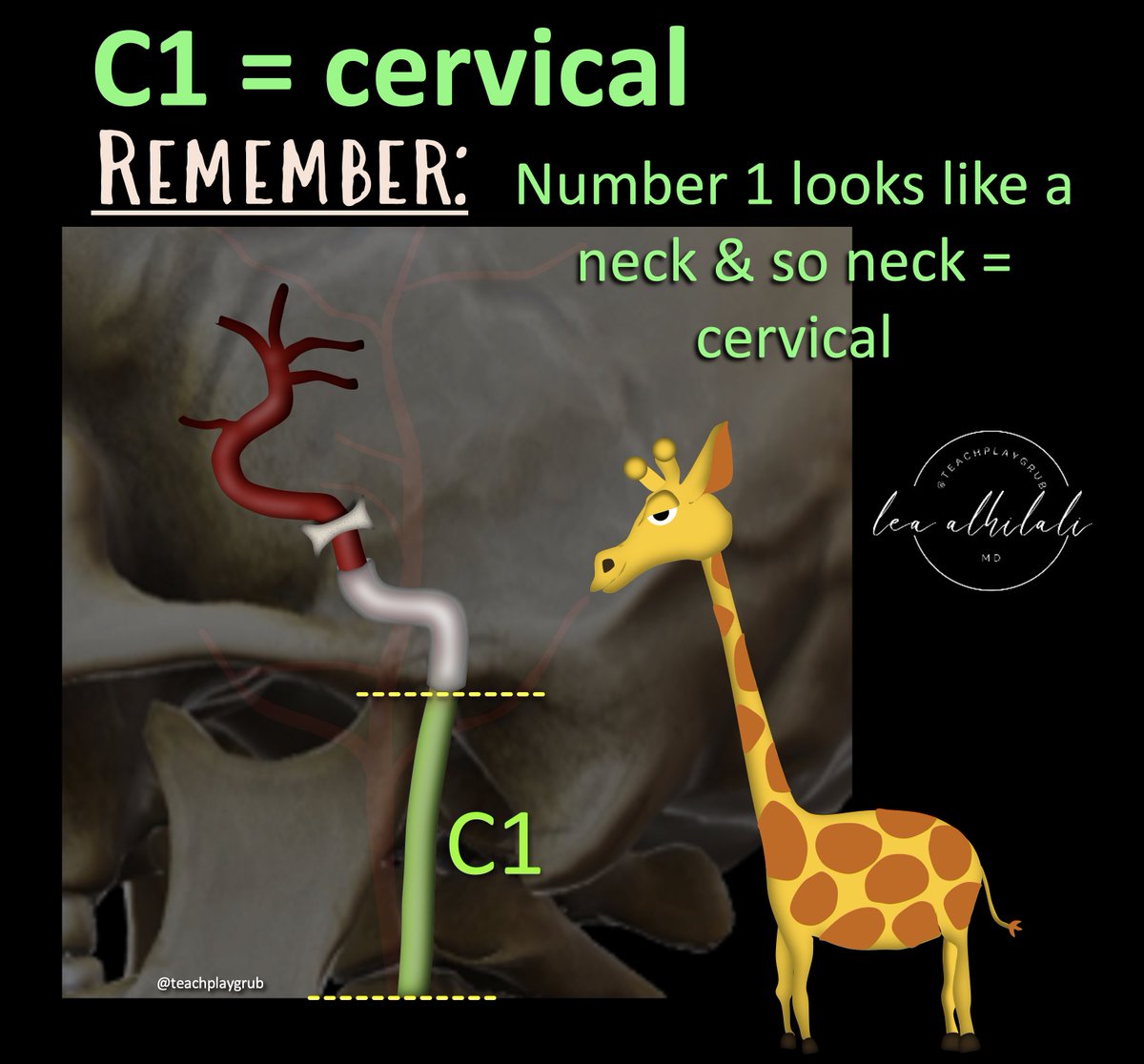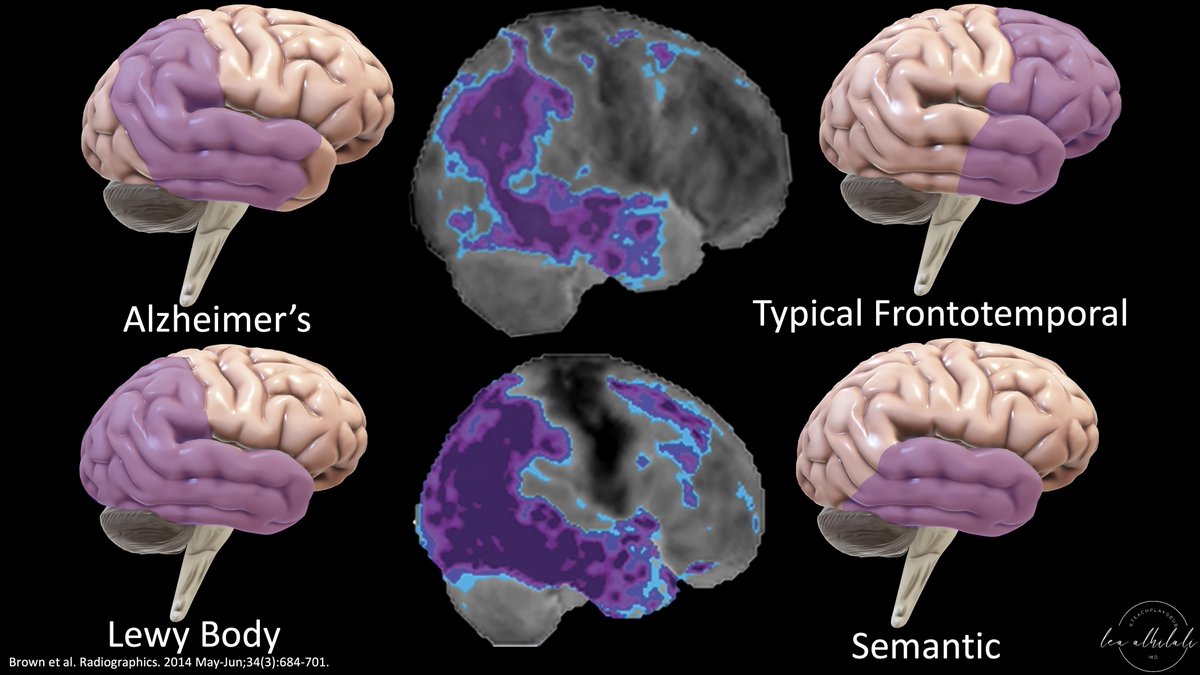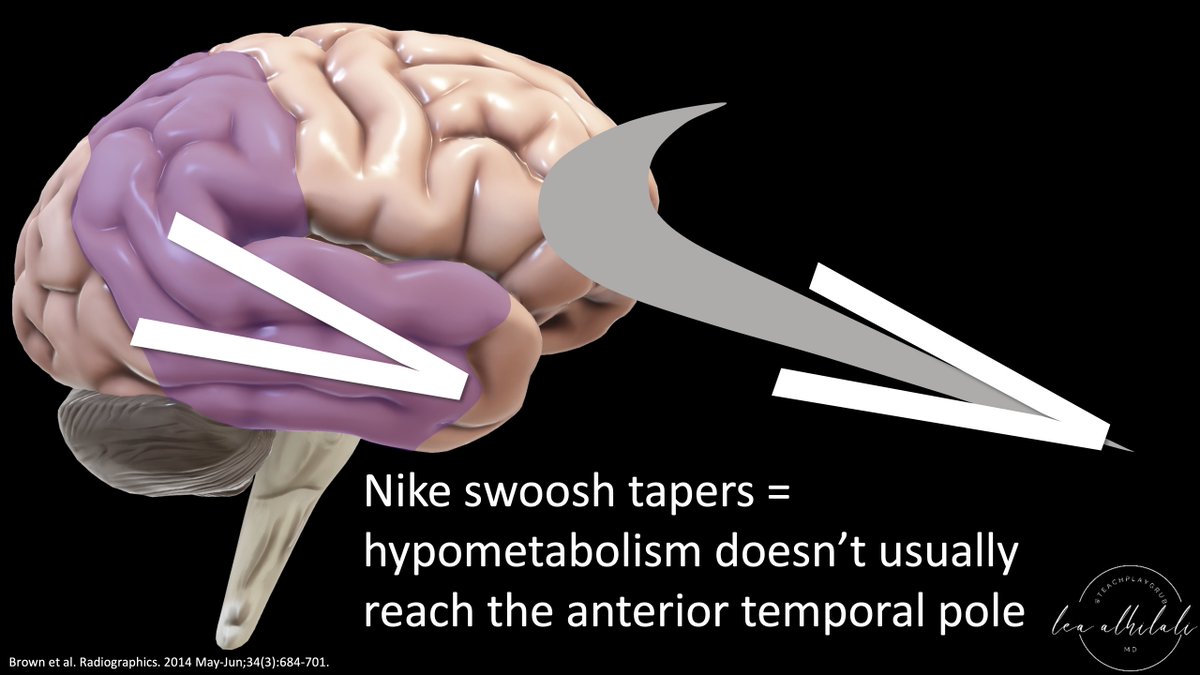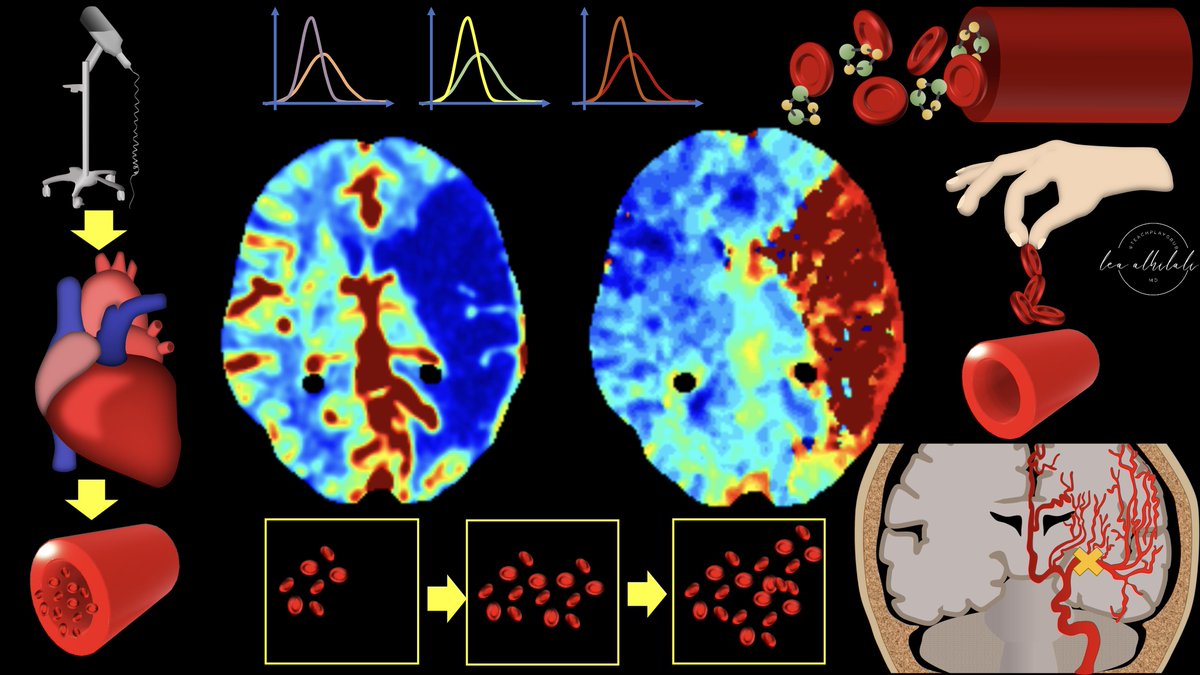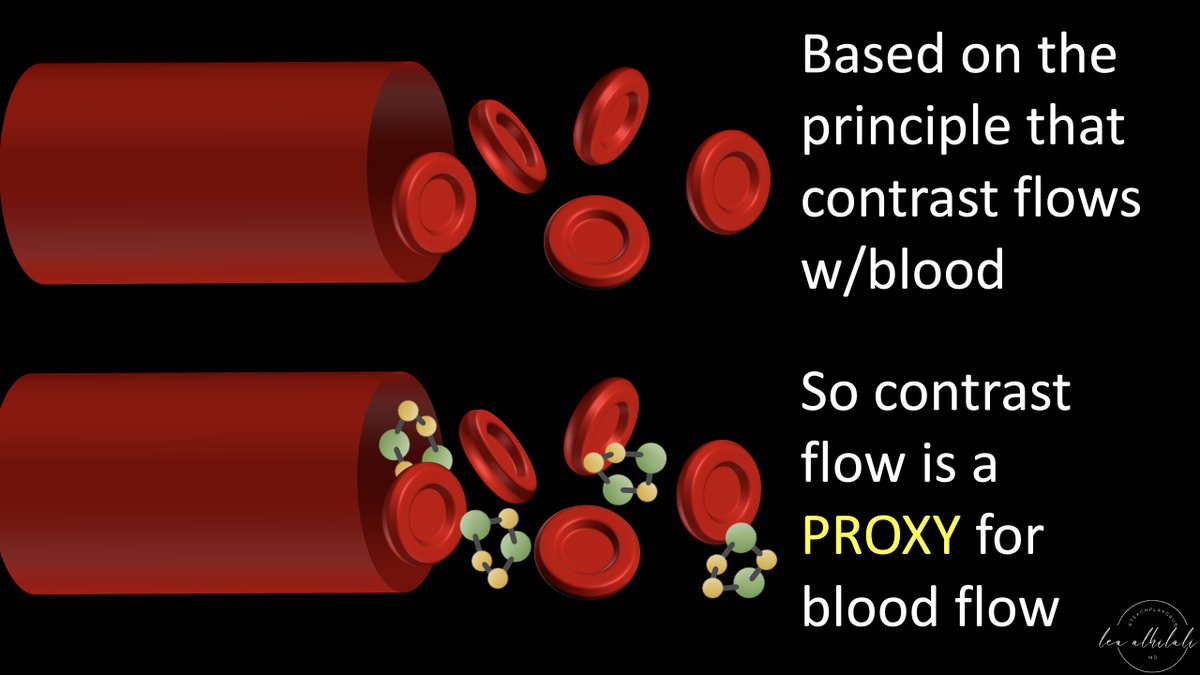1/One important aspect to stroke care is well... ASPECTS.😂
Here’s a #tweetorial to help you remember this basic #STROKE scoring system
#medtwitter #FOAMed #FOAMrad #medstudenttwitter #medstudent #neurorad #radiology #radres #neurology #Neurosurgery #CT #meded #neurotwitter
Here’s a #tweetorial to help you remember this basic #STROKE scoring system
#medtwitter #FOAMed #FOAMrad #medstudenttwitter #medstudent #neurorad #radiology #radres #neurology #Neurosurgery #CT #meded #neurotwitter

2/ASPECTS stands for “Alberta Stroke Program Early CT Score.” It is meant to replace gestalt-ing what percent of the MCA territory is infarcted. Instead, it uses a 10-pt score to semi-quantitate the amount of infarcted tissue in the MCA territory on non-contrast head CT 

3/You can think of it as a scorecard for the MCA.
For each region of MCA territory NOT infarcted, the pt gets one point
So the highest score possible is 10, and lowest score possible is 0
For each region of MCA territory NOT infarcted, the pt gets one point
So the highest score possible is 10, and lowest score possible is 0

4/To get this score, the system divides the MCA up into 10 different regions.
Think of it like a map of the MCA territory. Instead of one big territory, it divides it up into sections—like how the US is divided into states. 1 pt for each state that is NOT low density on CT
Think of it like a map of the MCA territory. Instead of one big territory, it divides it up into sections—like how the US is divided into states. 1 pt for each state that is NOT low density on CT

5/I think of it like a city. As long as power is flowing, the city is lit up with lights. Same w/the brain. As long as blood is flowing, it will be relatively brighter on CT 

6/However, when power gets cut off to a certain sector of the city, it will go dark. Same w/the brain. When blood is cut off to a section of the MCA territory, it will literally go dark—be low density on CT. 

7/The ASPECTS score basically subtracts a point for each sector of the brain in which the lights have gone out (low density). This tells you that this region is irreversibly infarcted. More regions that are low density, the bigger the blackout and more infarcted tissue. 

8/A high ASPECTS score means all the lights are on. As more sectors go dark, the score decreases, until it is a total blackout, and the entire MCA territory is lost w/an ASPECTS of zero. 

9/What are the sectors and how do you identify them? Well, you start at the level of the basal ganglia or “ganglionic” level. I always remember that this is the level to start at b/c it gives me a chuckle when I think of Canadian gangs. 

10/At this level, you have 7 structures to decide if they are blacked out. You have the 3 structures of the basal ganglia/internal capsule medially, the insula in the middle, and the lower MCA cortex on the outside--separated into 3 sections. 

11/I remember this by remembering that the insula is INSULAted—so it is sandwiched between the basal ganglia/internal capsule & MCA cortex. Everything comes in sets of 3 in ASPECTS, so you see 3 BG/IC structures on this ganglionic slice & you divide the cortex into 3 sections 

12/You can remember the 3 MCA cortex sections by remembering that M1 is essentially Broca’s area. With Broca’s aphasia you can only get one word out at a time (kind of), so it’s M1. Wernicke’s rhymes w/three, so it’s M3. And then M2 is just in between. 

13/Next sections are on the next slice up that is above the basal ganglia (supraganglionic). Rule of 3, so 3 sections are here. There aren’t any deep structures here, just MCA cortex. Each higher MCA section is directly above the lower MCA sections & numbered in the same order 

14/I think that the finger-like gyri of these cortices stick out like french fries--which matches our burger from the ganglionic level 

15/So all you have to remember is the rule of 3s & a burger & fries to remember ASPECTS
At the ganglionic level, the insula is in the middle of a burger between buns of 3 deep structures & 3 lower MCA cortices
Higher, there are 3 finger-like fries of the higher MCA cortices
At the ganglionic level, the insula is in the middle of a burger between buns of 3 deep structures & 3 lower MCA cortices
Higher, there are 3 finger-like fries of the higher MCA cortices

16/ASPECTS is important for prognosis. Low ASPECTS scores have poorer prognosis, w/greater risk of disability, hemorrhage, and poorer outcome after treatment. 

17/You can remember that ASPECTS below 7 and 8 are bad bc it used to be that 70% was the minimum to pass in grade school—below 70% was failing. And all those fun training modules the hospital makes you do—they require an 80% pass rate to move on. So < 7 or 8 conveys higher risk 

18/So now you know the burger and fries of the ASPECTS score--a fitting meal for those hungry to learn about stroke imaging! 

• • •
Missing some Tweet in this thread? You can try to
force a refresh





